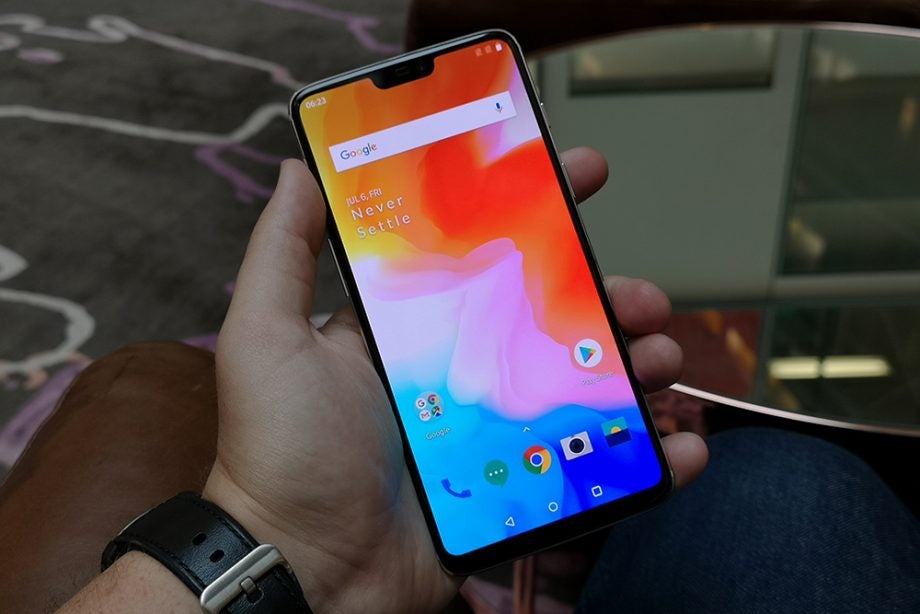Google’s new developer guidelines show that the notch is here to stay

Remember the iPhone X launch? Remember how people looked suspiciously at the notch cut out of the top and confidently predicted that it’d never catch on? Well, it’s caught on in such a way that Google has now outlined ways in which developers can cater to its existence across Android devices.
The OnePlus 6, Essential Phone, LG G7, Huawei P20 and a whole host of others besides have little bits cut out of the top of their displays, usually to allow for special sensors to be embedded.
Related: Best smartphone
And that’s just scratching the surface: by Google’s count, there are currently 16 handsets from 11 different manufacturers sporting different notch sizes in the wild.
Because of this, the company has published guidelines for developers to ensure their apps guarantee “a consistently great experience across devices with one or two display cutouts, as well as devices with 18:9 and larger aspect ratios.”
The Android P SDK allows developers to simulate different notch sizes and positions within their prototype apps to ensure everything is working as planned.
Wait – did they say two display cutouts? Yes, that’d be a reference to the rumoured ZTE Iceberg concept handset, which appeared to decide that symmetry might make the whole thing less distracting.
Two, but no more, Google has confirmed. The company used the post to make it clear that “you won’t see multiple cutouts on a single edge or more than two cutouts on a device”, and that in fact the left and right sides of the phone screen are also off limits to notches.
Related: Android P
That leaves the path clear for Apple to have that quadruple-notched phone all to itself, should Jony Ive fancy it…
Android P is due next month, which means it should be ready in plenty of time for the Google Pixel 3 phone which – surprise, surprise – will itself be toting a notch. According to rumours, anyway.
The notch – yay or nay? Let us know what you think via @TrustedReviews


